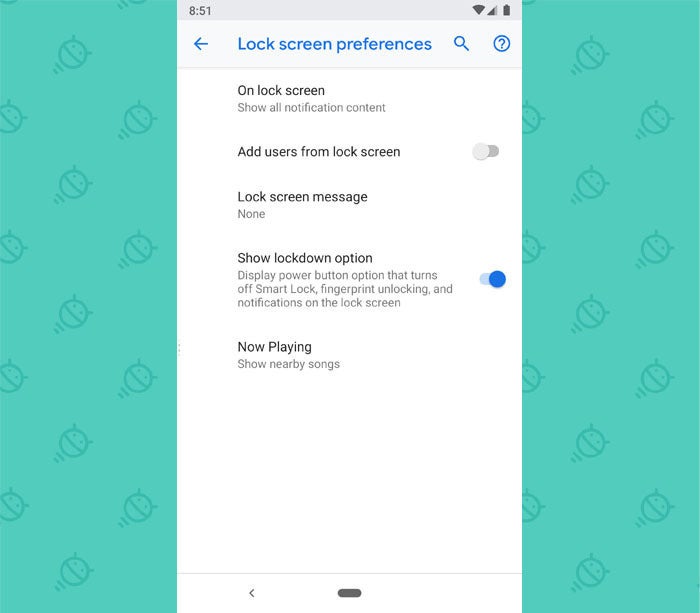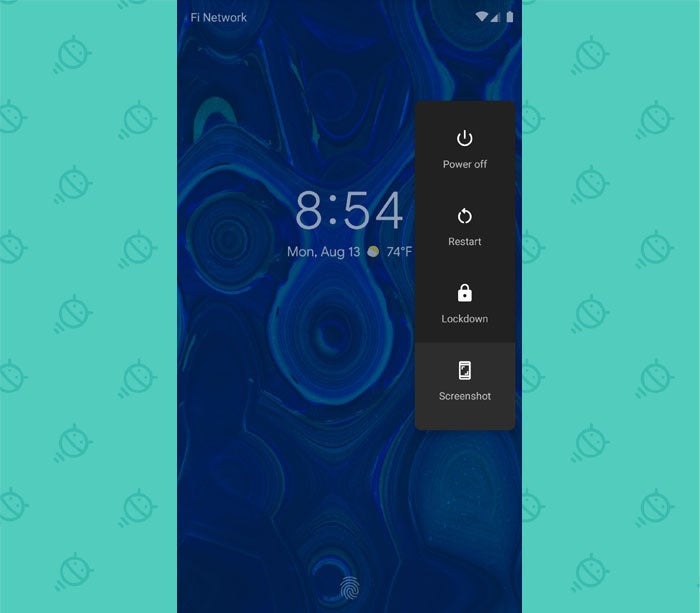Google's new Android 9 Pie release has plenty of fresh features and interface changes, but one of the software's most significant security improvements has managed to stay mostly off the radar.
In addition to all of the oft-discussed privacy and security enhancements, y'see, Pie has an out-of-sight and semi-advanced option. It's not something you'd use every day — or often at all, really — but if the right sort of occasion ever comes along, you'll be glad you have it enabled.
It's something called "lockdown mode." You can think of it as a worst-case-scenario sort of protection: With any luck, you won't ever need it. But on the off-chance that you do, you'll want to have it ready.
Take two minutes now, and you'll be good to go forever.
First, a quick primer on what Android 9's lockdown mode is actually all about: Remember a while back when we heard stories about how police could force you to unlock your phone with your fingerprint if they wanted to search it? More troubling yet, an officer (or anyone else) could force you to unlock your phone with your face in order to gain access to your digital property — maybe before you even realize what's happening.
That's what lockdown mode is all about: providing a way to, well, lock down your phone and prevent the usual convenience-oriented methods of authentication from working. That means no fingerprints and no facial recognition. It also means none of Android's Smart Lock options, which do things like allow you to keep your phone unlocked when you're in specific trusted locations or when you're connected to specific Bluetooth devices. And finally, it means no notifications will show up or be accessible on your lock screen.
Basically, unless you input your pattern, PIN, or password, everything's off limits and out of reach. Whether it's because of law enforcement concerns or just a general uncertainty of who's around you and might be able to forcefully access your device, it's an added level of security for higher-risk situations.
Again, you hopefully won't ever need to use it. But it only seems smart to have it available and to know how to trigger it, just in case.
To activate Android 9's new lockdown mode, you first have to go into the Security section of your system settings. Tap the option labeled "Lock screen preferences," then activate the toggle next to "Show lockdown option."
 JR
JR And with that, you've got the legwork finished. That wasn't so bad, right? Now all that's left is to figure out how to use the thing — and that part isn't entirely obvious, either.
Here's the trick: While on your lock screen, press and hold your phone's power button for a second or two. That'll pull up the standard menu with options for restarting and shutting down your device — but once you have lockdown mode enabled, that same menu will also include a new option labeled (yup, you guessed it) "Lockdown."
 JR
JR Go ahead and give it a try now. Don't worry, nothing scary will happen; in fact, if you aren't watching closely, nothing at all will seem to happen — but under the surface, Android will shut down all biometric and Smart Lock security features and also hide any notifications from your lock screen. Only your pattern, PIN, or password will be able to get you into the device. And that heightened level of protection will last until you next unlock your phone.
Even if you restart the device, in fact, your pattern, PIN, or password will be required — as it always the case with a fresh boot.
Now you know. And now you can rest easy knowing you'll be ready if the unlikely need for added protection ever arises.
Sign up for JR's weekly newsletter to get more practical tips, personal recommendations, and plain-English perspective on the news that matters.

[Android Intelligence videos at Computerworld]























